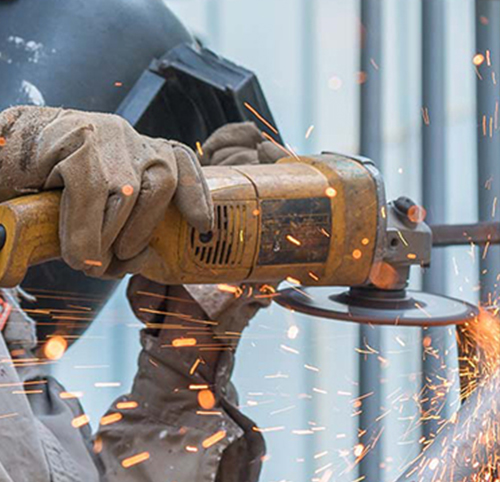How to Choose the Right Thickness and Width for Your Cable Tray?

How to Choose the Right Thickness and Width for Your Cable Tray?
In modern infrastructure, cable management plays a critical role in ensuring safety, efficiency, and longevity of electrical systems. Cable trays are among the most reliable solutions for routing and supporting cables in industrial plants, commercial facilities, and residential projects. However, selecting the correct thickness and width of a cable tray is essential to maximize performance, avoid safety hazards, and minimize costs. This article explains the key considerations to help you make the right choice.
Importance of Thickness and Width in Cable Tray
The thickness and width of a cable tray directly impact its load-bearing capacity, durability, and installation flexibility. If a tray is undersized, it may lead to cable congestion, overheating, and potential fire risks. On the other hand, an oversized tray could result in unnecessary expenses and inefficient space usage. Hence, the selection must strike a balance between safety standards, cable volume, and cost-effectiveness.
Factors to Consider While Choosing Cable Tray Thickness
-
Load-Bearing Requirement
- Cable trays must withstand the cumulative weight of cables, plus any future additions. For example, in industrial setups where heavy power cables are laid, trays of 2.0 mm to 3.0 mm thickness are common.
- Light-duty applications, such as LAN or control wiring in commercial spaces, may require trays with 1.2 mm to 1.6 mm thickness.
-
Span Between Supports
- The thickness of the tray depends on how frequently it is supported. For longer spans (2.5 to 3 meters), thicker trays are required to prevent sagging. A tray of 2.5 mm or above is typically recommended for longer spans.
-
Environmental Conditions
- In corrosive or outdoor environments, thicker trays with protective coatings (galvanized or powder-coated) provide greater durability.
- Stainless steel trays of 2.0 mm or higher thickness are often used in chemical or marine industries for added strength and resistance.
-
Compliance with Standards
- National and international standards such as NEMA (National Electrical Manufacturers Association) or IS (Indian Standards) provide guidelines for tray thickness based on loading categories—light, medium, and heavy duty. Ensuring compliance is critical for project approvals and long-term safety.
Factors to Consider While Choosing Cable Tray Width
-
Cable Volume
- The width of the tray depends on the number and diameter of cables to be accommodated. As a rule of thumb, trays should be filled up to only 40–50% of their total width to allow proper ventilation and future expansion.
- Common widths range from 50 mm to 1000 mm. For small control cables, 50–200 mm trays are sufficient, while power distribution systems may require 600–1000 mm trays.
-
Cable Type
- Power cables, due to their larger diameters, require wider trays compared to signal or data cables.
- For mixed systems (power + data), segmented or wider trays are often preferred to prevent electromagnetic interference and maintain separation.
-
Space Constraints
- The available installation space in ceilings, walls, or raised floors must also be considered. In compact spaces, narrower trays may be the only option, but ensuring they can safely hold the required cable load is essential.
-
Future Expansion
- Industry experts suggest choosing trays with at least 25–30% additional width beyond the current requirement. This prevents reinstallation when more cables are added later.
Practical Examples of Selection
- Industrial Power Plant: Requires heavy-duty trays, 2.5–3 mm thick with widths up to 1000 mm, capable of holding multiple layers of power cables.
- Commercial Office: A light-duty system may use 1.2–1.6 mm thick trays with widths of 150–300 mm for data and LAN cables.
- Chemical Plant: Corrosion-resistant stainless steel trays of 2.0 mm or above thickness with 600–800 mm width are ideal for both durability and safety.
Conclusion: Pinax’s Commitment to Precision
Choosing the right thickness and width for cable trays is not just a technical decision—it is an investment in the reliability, safety, and efficiency of your electrical infrastructure. By considering load, span, environment, and future expansion, organizations can achieve the perfect balance between cost and performance.
At Pinax, we understand that every project tells a different story. With decades of expertise, state-of-the-art manufacturing, and adherence to international standards, we design and deliver cable trays that meet diverse requirements across industries. Whether your project demands heavy-duty durability, corrosion resistance, or customized sizing, Pinax ensures unmatched quality, precision, and reliability. When you choose Pinax, you don’t just install a cable tray—you build trust into your infrastructure.
Additional Reading:

